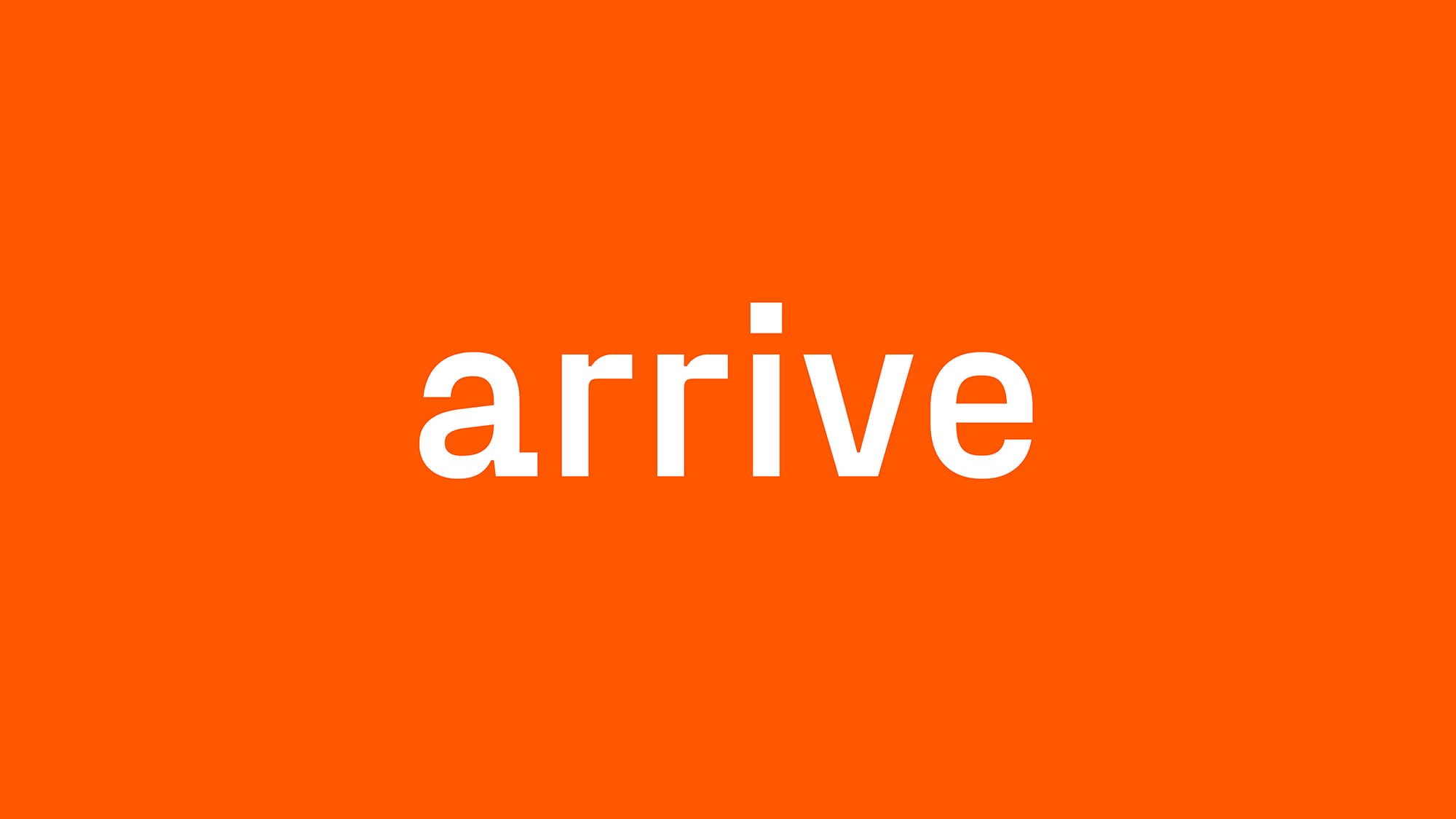Whether you should use PPC (pay-per-click) advertising for your business depends on several factors, such as your business objectives, target audience, and available resources. However, here are some reasons why you might want to consider using PPC:
- Targeted advertising: PPC allows you to target specific demographics, locations, and keywords, which can help you reach your ideal audience more effectively and drive relevant traffic to your website.
- Cost-effective: PPC allows you to set a budget and pay only when someone clicks on your ad, which can be a cost-effective way to reach your audience and generate leads or sales.
- Measurable results: PPC provides detailed metrics on how your ads are performing, such as impressions, clicks, and conversions, which can help you optimize your campaigns and measure your ROI.
- Fast results: PPC can provide almost instant results, unlike SEO or content marketing, which can take longer to see results.
- Brand awareness: PPC can help increase your brand's visibility and awareness, even if people don't click on your ads.
- That being said, PPC can be challenging to set up and manage effectively, especially if you don't have experience or knowledge in digital advertising. It's important to do thorough research and planning, including defining your target audience, setting clear goals, and selecting the right keywords and ad formats.
If you have a clear understanding of your target audience, a well-defined budget, and a specific business objective, PPC can be an effective way to drive traffic, generate leads or sales, and increase brand awareness.
That sounds great. What are the drawbacks?
While PPC (pay-per-click) advertising can be an effective way to drive traffic, generate leads or sales, and increase brand awareness, there are also some drawbacks to consider:
- Cost: Depending on your industry and competition, the cost of keywords and clicks can be high, which can make it difficult to achieve a positive return on investment (ROI). It's important to have a clear budget and monitor your campaigns closely to avoid overspending.
- Complexity: Setting up and managing a successful PPC campaign requires knowledge and experience in digital advertising, including keyword research, ad copywriting, bidding strategies, and conversion tracking. It can be challenging for businesses without dedicated resources or expertise.
- Ad blindness: People are increasingly becoming immune to online ads, which means that they may ignore or block your ads, especially if they are irrelevant or intrusive.
- Limited reach: While PPC allows you to target specific demographics and locations, it may not reach people who are not actively searching for your products or services, which can limit your audience.
- Ad fatigue: Running the same ads for an extended period can lead to ad fatigue, which means that people may become less interested or engaged with your ads over time.
It's important to weigh the potential benefits and drawbacks of PPC and consider it as part of a broader digital marketing strategy that includes other channels, such as SEO, social media, and content marketing. By understanding your target audience, goals, and resources, you can make informed decisions about the best way to reach and engage with your customers.
OK, so how do I go about creating a digital marketing strategy?
You should consider partnering with an effective digital marketing agency who will be able to advise and help you to create a strategy that’s right for you. If you want to have a go yourself, then here are some headlines for you to consider:
- Define your objectives: Start by defining your business objectives and goals for your digital marketing strategy. This could include increasing brand awareness, generating leads or sales, or improving customer engagement.
- Define your target audience: Identify your target audience and create buyer personas that include demographic information, interests, pain points, and behavior. This will help you tailor your messaging, content, and tactics to your audience.
- Conduct a SWOT analysis: Conduct a SWOT (strengths, weaknesses, opportunities, and threats) analysis to assess your business's internal and external factors that could impact your digital marketing strategy. This will help you identify areas of opportunity and potential challenges.
- Choose your digital marketing channels: Identify the digital marketing channels that are most relevant to your business and audience. This could include SEO, PPC, social media, email marketing, content marketing, or other channels.
- Set your budget: Define your budget for your digital marketing strategy, taking into account your business objectives, audience, and chosen channels.
- Develop your content strategy: Create a content strategy that aligns with your objectives, target audience, and chosen channels. This could include blog posts, videos, infographics, or other types of content.
- Create your plan: Develop a plan that outlines your digital marketing activities, timelines, and KPIs (key performance indicators) for each channel and tactic.
- Measure and optimize: Measure your results and optimize your digital marketing strategy based on your KPIs and performance metrics. This will help you refine your approach and achieve better results over time.
Remember that digital marketing is an iterative process, and you may need to adjust your strategy over time as you gather more data and insights about your audience and performance. By taking a data-driven approach and regularly measuring your results, you can continuously improve your digital marketing strategy and achieve your business objectives.
If you are thinking about embarking on a digital marketing project, or are looking for a new partner to help you achieve your goals, book in your 20 minute chemistry call with us today.




